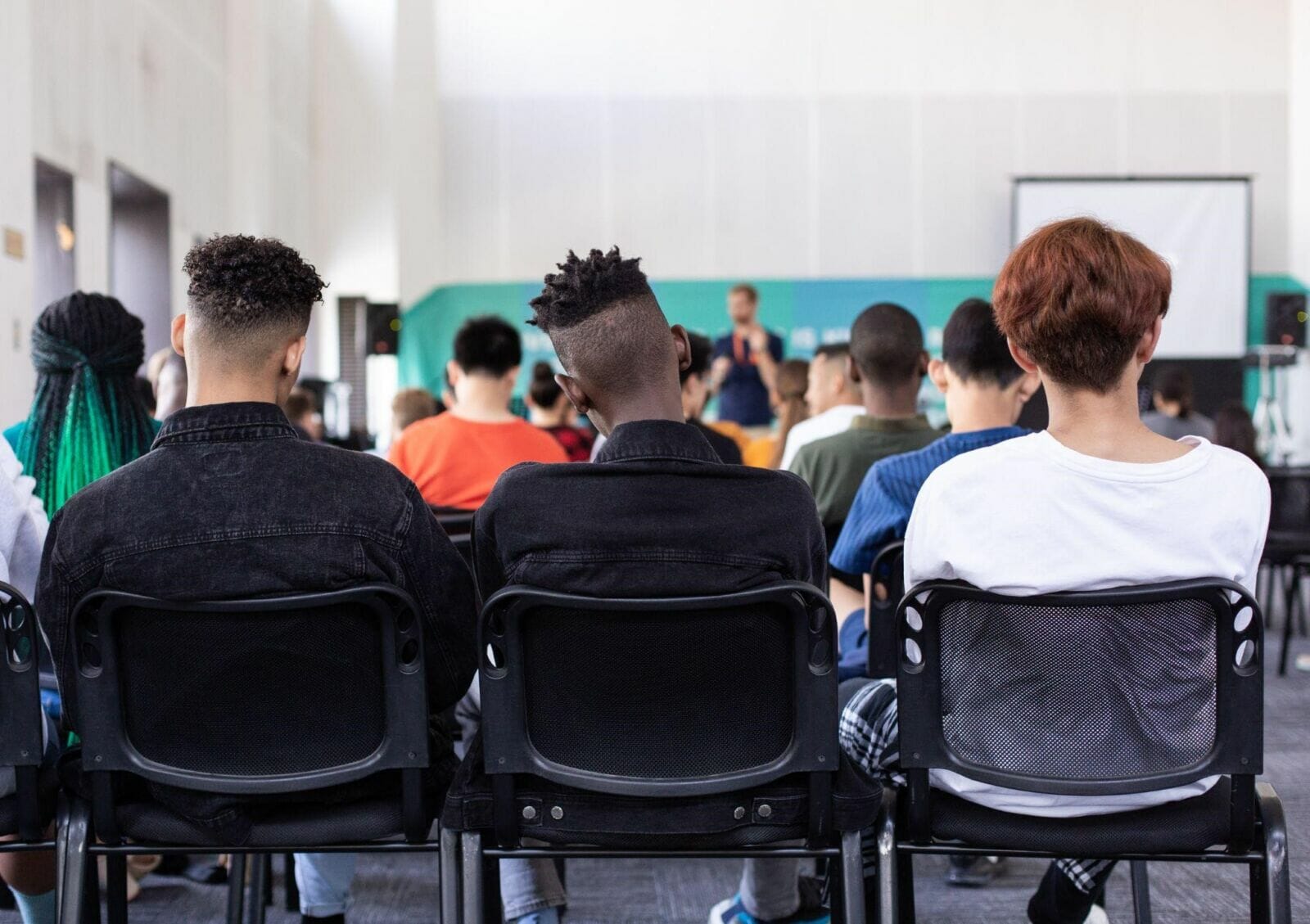Promoting diversity, equity, and inclusion in the field of learning and various development programs should always start with a clear definition of all three concepts. It can only be achieved with the help of mutual communication, where every learner or project participant takes part and has their say in the process. It is vital to make it possible for every person to express empathy and start a productive dialogue. As there will always be leaders, one must make it clear right from the start that you have to follow specific standards of the project and not place people into a certain hierarchy. Approach every learning environment by discussing the best ways to approach each issue or problem by focusing on analysis and strategic thinking. Since almost every person these days talks of inclusion and diversity, one should remember an old saying that equality is giving everyone a shoe, while equity is providing everyone with a shoe that actually fits.
How to Promote Diversity, Equity, and Inclusion in Learning and Development Programs
Know The Needs of Your Learners / Project Participants.
The most important is to take your time to analyze and study the primary needs and challenges of your students or individuals who are the main recipients of the development program. It will help you to provide assistance where it’s due and help the most vulnerable. For example, if you have a foreign student majoring in Healthcare, it’s possible to offer additional Letsgradeit as a great option to address grammar, structure, and proofreading matters. Be there for your learners and let them know that their apprehensions and needs are being addressed.
Create a Safe Learning Environment / Workflow Space.
The most important is to provide a safe space for students and project participants where they are not facing issues like workspace abuse, racial remarks, or gender-based issues. Do not make specific issues public but organize a group of people who will watch and control the safety aspect privately by analyzing things and focusing on diversity, equity, and inclusion. Keep things creative, and do not forget about offering special coaching services that can help startups and development of strong leadership skills among students and project members. When you give people an opportunity to express themselves, they will always feel more confident and will be able to respond to physical or mental challenges that are, unfortunately, inevitable in most learning spaces.
Make Accessibility a Crucial Point.
Another vital aspect to consider is the accessibility of the learning materials and the technology that is used to deliver the message. As we talk of diversity and equity, it’s rarely spoken about the challenges faced in this regard. One of the examples is the creation of a multilingual environment and focusing on students with accessibility issues due to physical or mental limitations. In terms of most translation challenges, approach Pickwriters and discuss the focus on diversity with all the socio-cultural elements for the best results. When accessibility comes first, you provide the means to learn and develop.
Help Every Voice to Get Heard.
Some people will feel shy about expressing what they feel or participating in group work because of a lack of confidence or specific issues that they have faced in the past. Be the voice for them and let everyone be heard, even if you have to talk instead of them. Let them have a start, and you will pave the way for their success and inner freedom.
Addressing Inclusion in Practice
Summing things up, consider approaching inclusion related to learning and development programs as a personalized approach, not as something that involves unspoken segregation in the background. The trick is to provide students with tools and methods to start projects and focus on the possibilities that they have. You have to learn more about your students or project members by helping them focus on their strengths and things that make them unique. After all, it’s our differences that help us unite in the wealth of multiculturalism and a set of personal qualities. It always takes time to establish a special bond with students and project members. It’s a reason why inclusion stands for safety, which can only be achieved by focusing on anti-bullying initiatives and the use of surveys, so relevant information can be corrected. As you address inclusion in practice, start with relationship building, sharing of experiences, advocacy, and establishment of a sense of identity.
Author: Joanne Elliot loves to explore educational challenges as a trained specialist with a passion for inclusive learning and innovations. Her posts focus on the promotion of diversity and finding efficient solutions for every type of learner or business project. Follow Joanne to take your creative ideas to another level and find inspiration.




